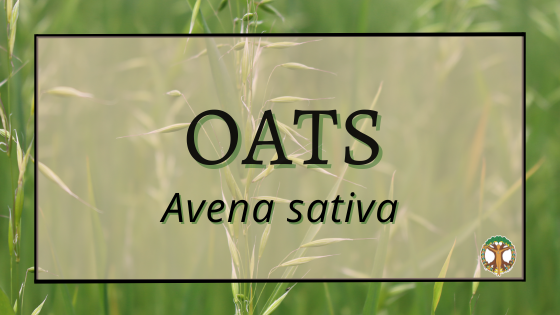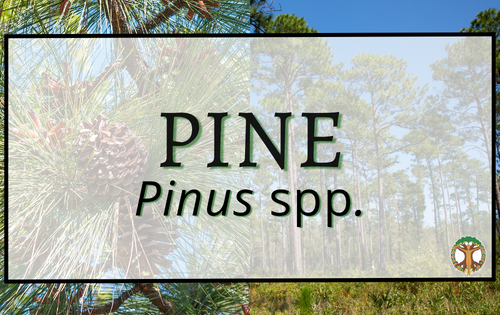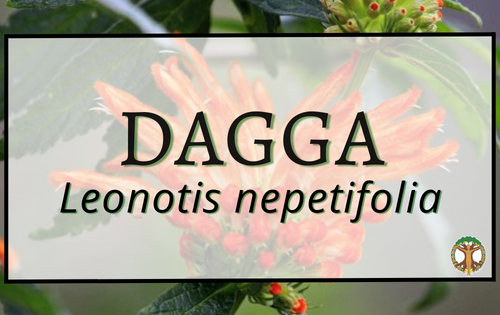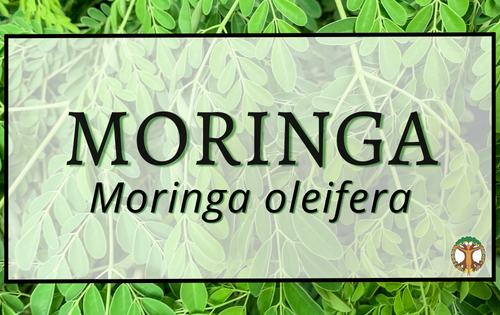
Oats
Latin Name: Avena sativa
Common Names: oats, milky oats, oat tops, oat straw, oatmeal, oat seed, cat grass, wild oats, common oat
Family: Poaceae
Habitat: Relatives of Avena sativa are native to Eurasia (Iraq and Iran), but oats are known as a cultigen, which means it only grows in cultivation. Oats are widely cultivated across the world in more temperate regions, used as soil stabilizers, cover crops and food/fodder. In the US it is commonly found growing in dry areas including roadsides, fields, and any disturbed areas. Unfortunately, it is not commonly found in FL, though attempts to cultivate it can be successful if the right conditions are met. Oats are an annual, cool season, grass that grows up to 5 ft. tall on long slender, hollow, smooth stalks with drooping panicles of self-fertile flowers.
Parts Used: leaf and stem (oatstraw), fresh immature seed heads in their “milky” stage (milky oats), mature seeds (oatmeal)
Energetics: cool and moistening, relaxing; sweet, nutritive
Indications: Oats are both food and medicine. Most folks are familiar with eating a nourishing bowl of oatmeal for breakfast and know that oats are a heart healthy food and very soothing to the digestive tract. As a medicine, oats are helpful for those that are just plain exhausted, both emotionally and physically. I love the way herbalist Michael Moore describes the medicinal uses of oats, so I will give you this quote from his book, “Medicinal Plants of the Desert and Canyon West”.
“It is a beautifully effective medicine in the depressive states that “yangy” people get, those headstrong and bodystrong people, burned-out emotional crispy critters with not much life experience in handling their depressions. Maybe a death in the family, maybe a breakup of marriage, whatever it is, the depression caught them by surprise, and they don’t know how to handle it. Wild Oats, ¼ teaspoon as needed.”
Milky oats are the unripened seed tops that when squeezed between the fingers produce a white “milky” latex. The milky oat tops are used fresh, made into a tincture or tisane, but they can also be dried at this stage to make an infusion at a later date. Milky oats are helpful for treating stress and anxiety, exhaustion, and to help aid in recovery from addiction. Folks that find themselves burnt out, irritable, lacking focus will find a friend in milky oats. Also, those with low libido or heart palpitations might consider milky oats.
Oats are considered a tonic herb and a daily infusion of oat straw is rich in silica, calcium, potassium, vitamins A and C, and other minerals that nourish your skin, hair, nails, teeth and bones. Also considered a trophorestorative, or nerve tonic, it helps restore the proper function to the nervous system, repairs the myelin sheath surrounding nerves, and can be used long term. One of my favorite ways to enjoy oats is in my daily long infusion of nettle, oat straw and lemon balm.
Systems: nervous, cardiovascular, musculoskeletal
Actions: tonic, nervine, nourishing, restorative, nutritive, anti-depressant, demulcent, relaxant, antispasmodic
Cautions: no contraindications or side effects
Constituents: proteins, C-glycosyl favones, avenacosides, vitamin E, starch
Culinary Use: Oats are commonly served as a breakfast porridge and can be found as oat bran, quick oats, rolled oats, steel cut, and groats, which are the whole oat berry with only the hull removed. Oats can be served both as a sweet dish or savory, depending on what is incorporated in them, including quick breads, cookies, granola, fruit crisps and cereal bars. Oat flour is also a now common substitute for wheat flour in some dishes and products, like pancakes and scones. Another relatively new product made from oats, is oat milk, which many people are using instead of traditional cow’s milk.
Other Uses: Oats are commonly used on farms as a cover-crop and as animal feed. Over 95% of the oats grown in the US are used for animal feed. An oatmeal bath can be very soothing to dry, irritated and inflamed skin conditions. For the bath, put a handful of oats in a muslin bag, steep in the hot water, and then squeeze to release the soothing emollient properties. Oats are commonly found in skin products for their soothing and moisturizing properties.
References:
Growing Plant Medicine by Richo and Sena Cech. Volume 1. 2002. Herbal Reeds.
Medical Herbalism: The Science and Practice of Herbal Medicine by David Hoffmann, FNIMH, AHG. 2003. Healing Arts Press.
Medicinal Plants of the Desert and Canyon West by Michael Moore. 1989. Museum of New Mexico Press.
The Modern Herbal Dispensatory by Thomas Easley and Steven Horne. 2016. North Atlantic Books.
Written by Jaime Pawelek.






